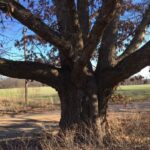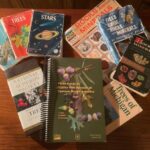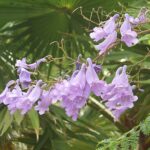. . . I am!
Credit or Debit, Red Maple or Silver Maple?
As the week of tax spreadsheets wore on, the flower buds on the maple twig I’d picked up on my morning walk with Jeanne S. wilted while waiting to be identified. I had planned for it to be my first subject to try out my copy of Winter Tree Finder: A Manual for Identifying Deciduous Trees in Winter. All I wanted was to get my taxes filed so I could get outside into Spring without the Burden-of-the-Undone weighing me down and so I could return to the Arbor-Day-Planting-Tree-Selection spreadsheet I’d barely begun the week before.

Back at it
I listed the 13 trees in the order they were suggested:

Comparing Tree Characteristics
Then I added columns to use in answering questions about each tree’s attributes:
- Is the tree deciduous or evergreen?
- Is the tree a native species to southeastern Michigan?
- If it is not native to the area, would the tree grow well here?
- Is the tree what we consider a “flowering” tree? (Note that many of the little “dots” currently creating the haze on the branches of deciduous trees are flowers, like the silver maple tree flower buds in the photo above; we generally consider catalpa, magnolia, redbud trees as flowering trees, but not an oak, elm, or birch.)
- Is there something “symbolic” about the tree? (Like when Eileen P. suggested that I plant a ginkgo tree on the grounds of a senior center.)
- Is there a special location–in my yard or elsewhere–to be considered?
Are there any other tree attributes you might suggest I consider in my comparison of the 13 species?
“. . . Leaping greenly spirits of trees . . .”
Have you noticed that once you start paying attention to trees, it’s very difficult not to notice them?
For me, this is especially true at this time of year–when you can still vividly see each tree’s habit–that is, its architecture–but, at the same time, that fuzzy haze is beginning, hinting at what’s to come with these increasingly warm sunny days. Perhaps e.e. cummings described this subject of our anticipation best: “the leaping greenly spirits of trees and a blue true dream of sky . . . “









Trackbacks/Pingbacks